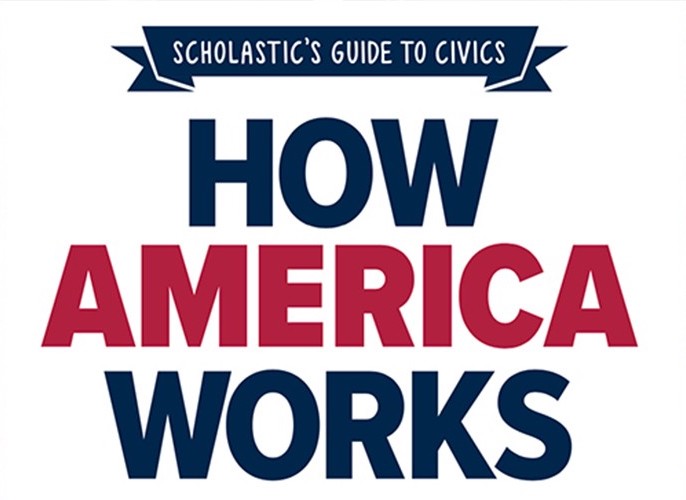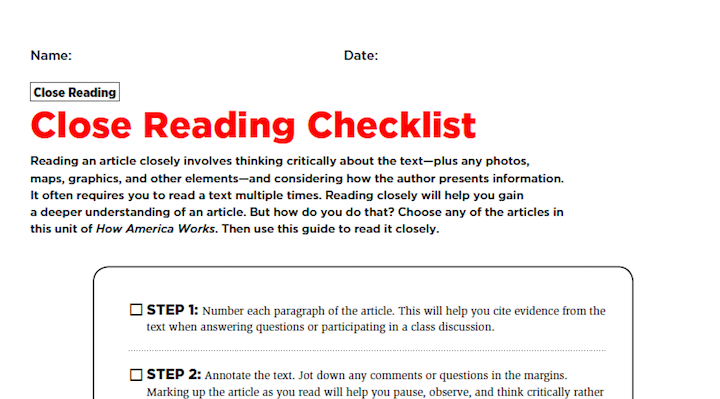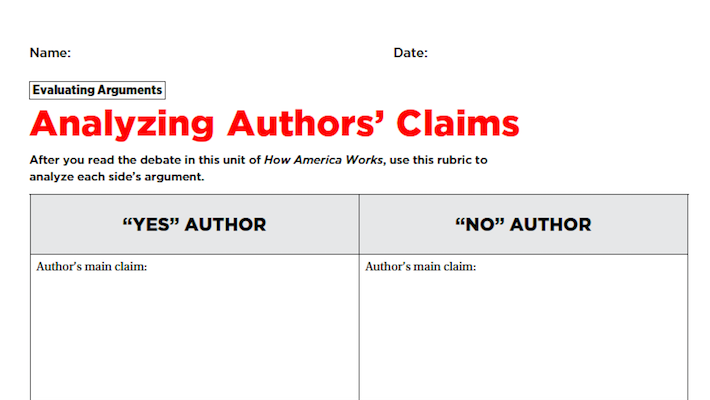Major Concepts
• The Bill of Rights is a group of 10 amendments added to the Constitution in 1791, just three years after the Constitution itself was ratified.
• These amendments guarantee specific rights that protect Americans from the kinds of abuses suffered under British rule.
• The First Amendment guarantees freedom of speech and religion, freedom of the press, the right to peacefully assemble, and the right to petition the government.
Discussion Topics
1. On page 42, a graph shows which of the 10 amendments that make up the Bill of Rights are considered most important by Americans. Do the results surprise you? Do you think any single amendment is more important than the others? Why or why not?
2. Think of a time when you have exercised one of the rights protected by the Bill of Rights. Do you practice a religion? Have you ever participated in a demonstration? Have you ever said or written something critical of the government? How would you feel if you were no longer allowed to do these things?
3. Do you think public protests are an effective way to bring about political change? How else can people make themselves heard in the United States?
4. The Second Amendment is perhaps the most controversial amendment in the Bill of Rights. Where do you stand on the issues of gun rights and gun control? Do you think there are ways to limit gun ownership without violating the Second Amendment? Why do you think the Founders thought the right “to keep and bear arms” was important? Do those reasons still apply today?
5. The First Amendment protects every American’s right to express opinions, even if they might be offensive or hurtful. Do you think it is important for all viewpoints to be equally protected? Should there be limits on the right to free speech? If so, what kind of limits and who should set them? Can you see any downsides to limiting certain kinds of speech?
Activity: Create Your Own Protest Art
1. RESEARCH:
Have students research a political, social, or cultural cause they feel strongly about.
2. CREATE:
Each student will create a poster or other work of art that supports their chosen cause. (See pp. 53-56 for examples.)
Students should also write brief summaries explaining what they’re trying to say with their art and how the individual elements of their artwork get their message across.
3. OBSERVE & DISCUSS:
Display the artwork and allow the entire class to review and take notes about each piece.
Discuss as a class. Ask students to share their interpretations of their classmates’ work, and then invite the artists to explain the points they were trying to make.
Videos
The Bill of Rights
The first 10 amendments to the Constitution.
Free Speech and its Limits
The protections and limitations of the First Amendment.
The Second Amendment
What the right to bear arms means, then and now.
Gun Control and Gun Rights
A look at the national debate over guns.
His Brother Was Shot in Chicago. Now He’s Speaking Out.
Ke'Shon Newman and other teens in Chicago are speaking out against gun violence.
The Eighth Amendment
What “cruel and unusual punishments” means.
Header image: CastaldoStudio/Getty Images
Skills Library
Header image: Peter Zay/Anadolu Agency/Getty Images





